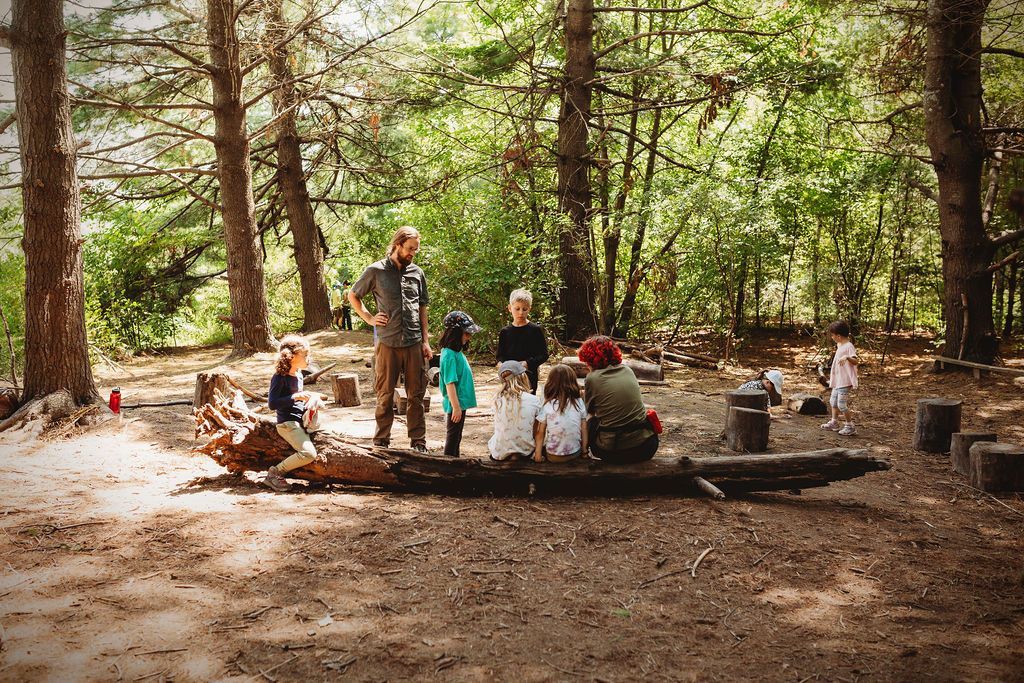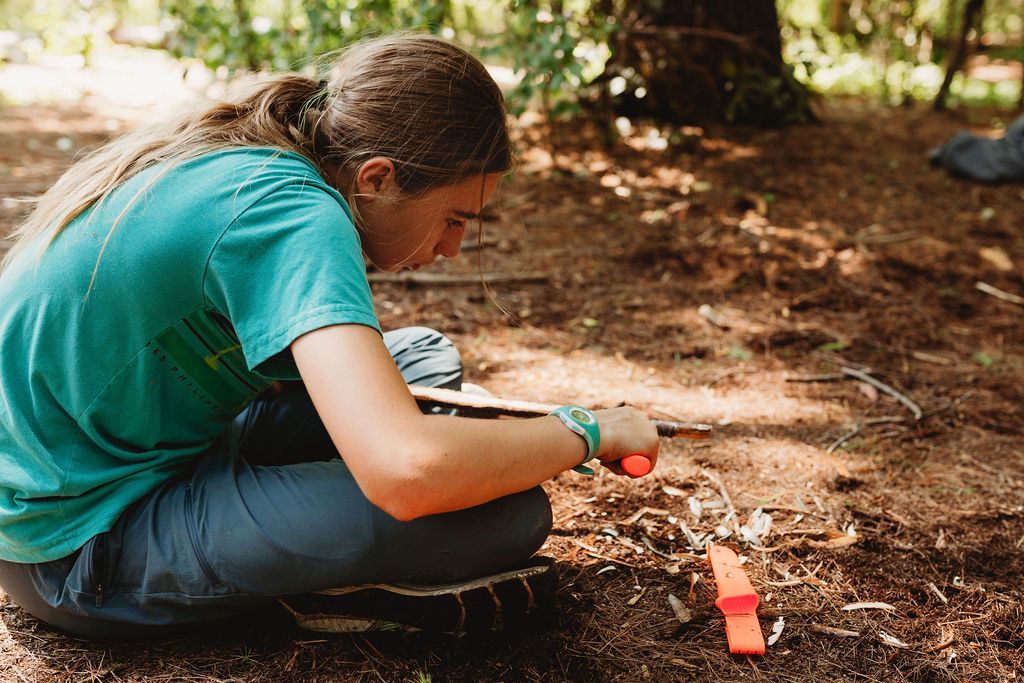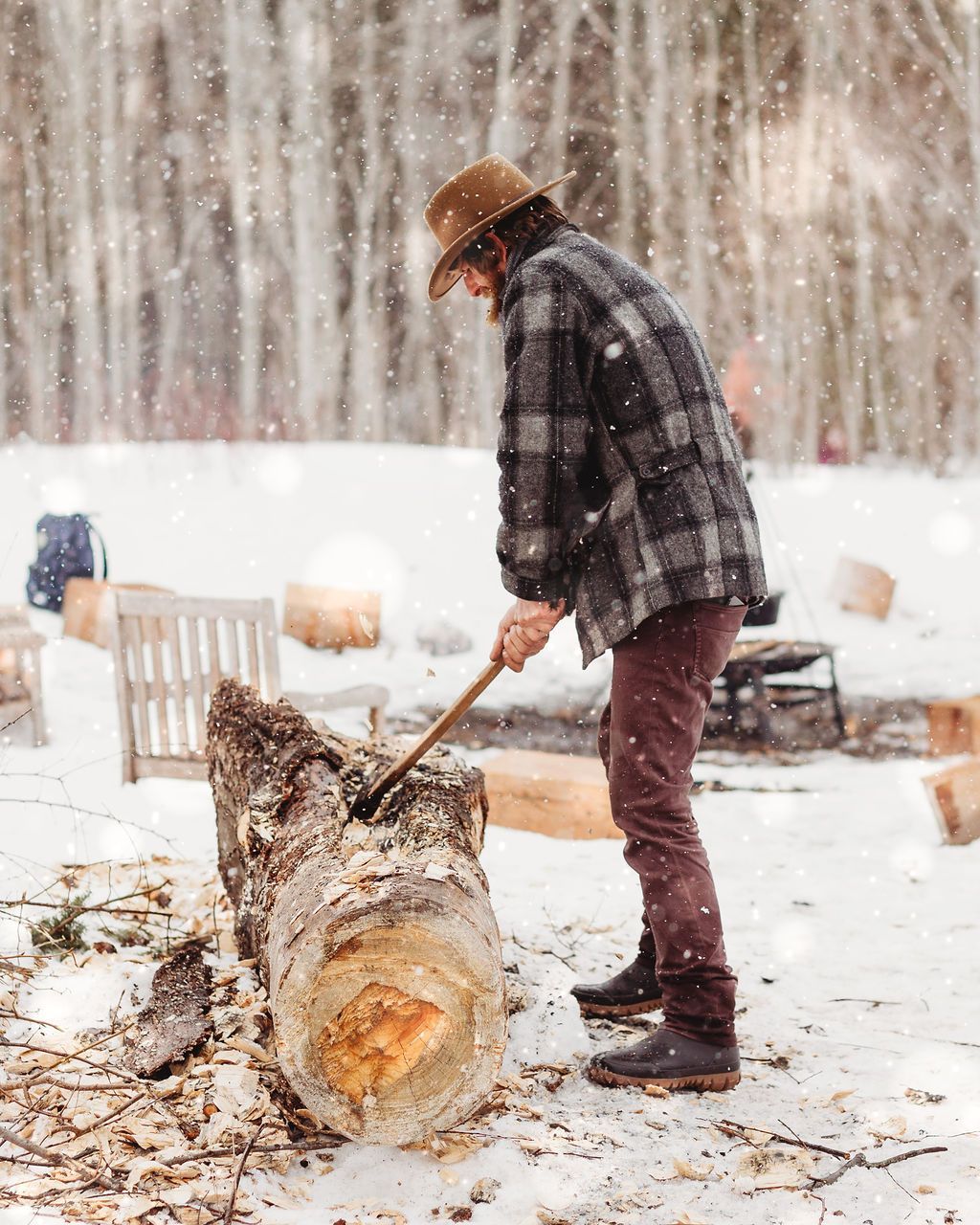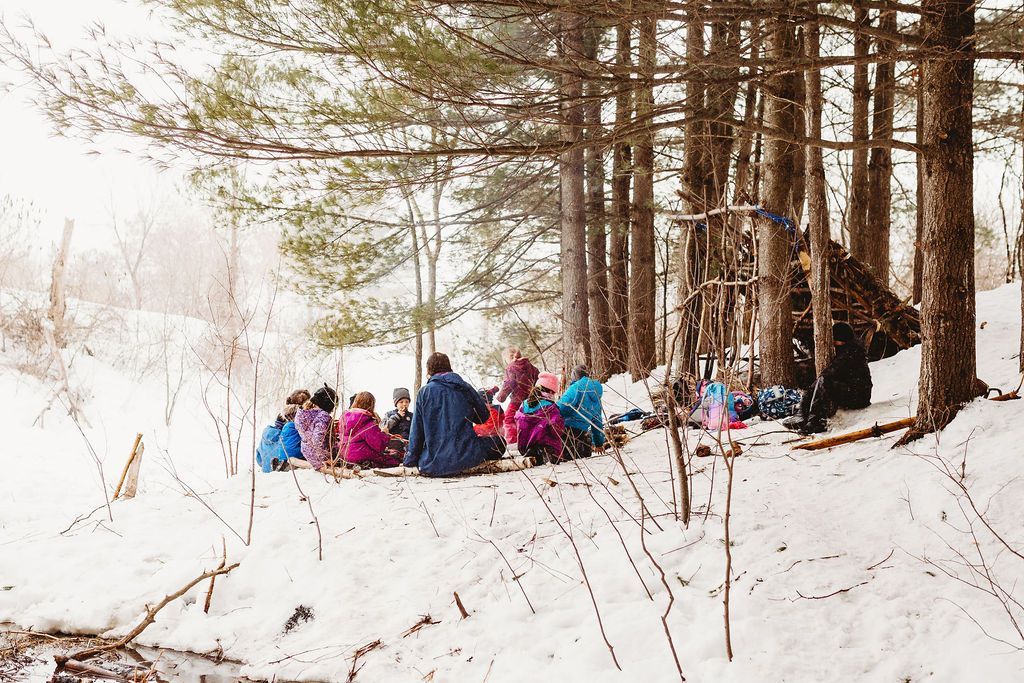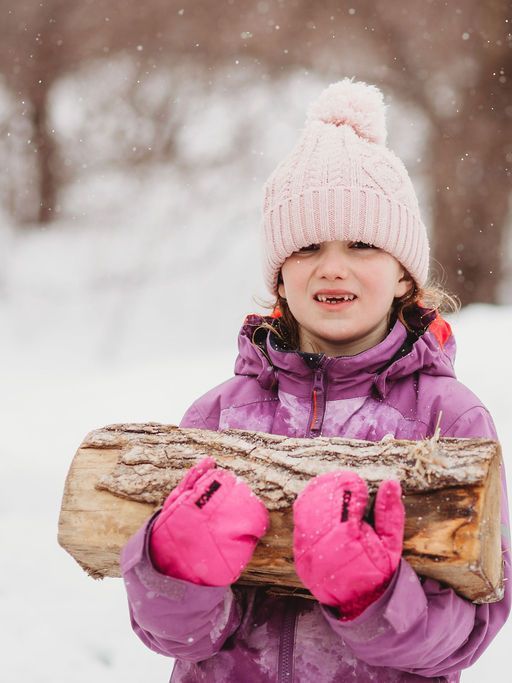Our Approach
alternative learning experience
Rooted in connection, guided by values, and shaped by nature.
Through hands-on, land-based learning, we support emotional and physical well-being while helping participants develop a sense of belonging, curiosity, and connection. We believe learning happens best when it’s rooted in real experiences, play, and community.

Naturalist Knowledge
Exploring the natural world through observation, awareness, and hands-on learning.
Wilderness Skills
Hands-on skills that build confidence, self-reliance, and a deeper connection with the land.
How we teach
Pedagogy
Our unique pedagogical approach is based on Jon Young’s Principles Designed by Nature, as outlined in the book The Coyote’s Guide to Connecting to Nature. This approach follows the natural cycles of nature and encourages learning through curiosity, play, storytelling, and hands-on experiences outdoors.
Instead of direct instruction, our educators use creative, dynamic methods that make learning feel like play—so much so that the children often don’t realize they’re learning at all. With gentle guidance and thoughtful questioning from our educators, they help participants develop deep awareness, empathy, and a lasting love of learning.

INVISIBLE SCHOOLING
Learn More
Participants learn through curiosity and hands-on experience rather than direct instruction. Our educators guide subtly rather than leading overtly. This approach fosters independence, deep engagement, and meaningful, lasting learning.
QUESTIONING
Learn More
Questioning is a core mentoring tool that encourages curiosity, critical thinking, and deeper connection. Instead of giving answers, our educators ask thoughtful, open-ended questions that help participants make discoveries on their own. This empowers learners to think independently, reflect, and stay engaged with the world around them.
STORYTELLING
Learn More
Storytelling is a powerful teaching tool that sparks imagination, builds connection, and helps lessons stick. Our educators use personal stories, nature tales, and cultural teachings to pass on knowledge in an engaging, memorable way. Stories invite reflection, deepen understanding, and connect participants to land, community, and self.
ROLE-MODELING
Learn More
Educators model skills, behaviours, and attitudes, allowing participants to learn through observation and imitation. Rather than instructing directly, mentors embody curiosity, respect, and care for the natural world—creating a living example for learners to follow naturally and authentically.
educator as TRICKSTER
Learn More
Educators often take on the role of a playful guide who uses humor, gentle surprises, and curiosity to engage participants and encourage deeper learning. By posing challenges, asking thought-provoking questions, and sometimes using lighthearted misdirection, mentors inspire creativity and critical thinking. This approach helps learners stay curious, open-minded, and motivated while feeling supported and safe.
SENSORY AWARENESS
Learn More
We use sensory awareness activities to sharpen the observation skills of our particiapnts and deepen their connection to the natural world. By tuning into sights, sounds, smells, textures, and even movement, participants develop a heightened sense of presence and curiosity, building a stronger bond with their surroundings.
the naturalist's journey
Learn More
We guide participants through the stages of nature connection—from initial curiosity and awareness to deep understanding and active stewardship. It fosters a lifelong bond with the natural world, encouraging care, respect, and responsibility for the environment.
what we do
Practice
Unstructured exploration and hands-on experiences that deepen connection with the land.
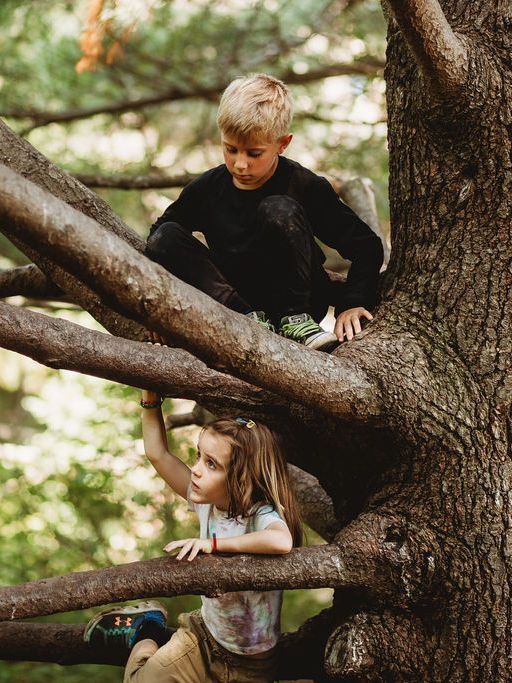

- Wandering & Exploration
Timeless, open-ended exploration of the land—following the natural inspirations and curiosity of participants, without a set plan.
- Creative Expression
Singing, storytelling, nature journaling, and making art with natural materials.
- Awareness Games
Engaging games that teach naturalist concepts while sharpening observation and sensory awareness.
- Group Projects & Wilderness Skills
Collaborative activities that include time for practicing hands-on skills like shelter-building, carving, and more.
- Sit Spots
Quiet time spent alone in nature, observing, listening, and simply being present in the environment.
- Gardening & Farming
Growing food together and supporting local farmers by helping tend and harvest crops.
- Ecological Stewardship
Caring for the land through activities like removing invasive species, planting native trees and plants, and restoring habitats.
- Engaging with Healthy Risk
Building confidence and resilience through supervised activities such as climbing trees, tool-use, fire-making, big body play, and hill-climbing.
Results
What Grows from Earth Path
Increased academic performance
Increase in physical, mental, and social health
Deep connection to the natural world
Increased enthusiasm and passion for learning
Increased environmental awareness
Improved emotional, behavioral, and intellectual development
Other Initiatives
Regenerative Design
Regenerative design allows us to support deep, long-term connections with nature—across ages, stages, and generations. At Earth Path, we’ve created a metaphoric basket that holds individuals and families throughout their journey with us.
This basket begins with our Oaks and Acorns program (ages 0–3) and carries through Fox Kits (4–6), Raccoons (7–9), and Bobcats (10–13), eventually leading into our teen and adult programs. This cyclical, continuous design supports nature connection as a lifelong process—not a one-time experience.
Mentorship
Mentorship at Earth Path is rooted in relationship. It’s about meeting someone where they are—recognizing their past, their present, and the possibilities ahead.
Our mentors listen deeply, respond with intention, and offer guidance that supports personal growth over time. It’s not about fixing or directing, but planting seeds—encouraging individuals to believe in themselves, trust their process, and grow into their fullest potential.

